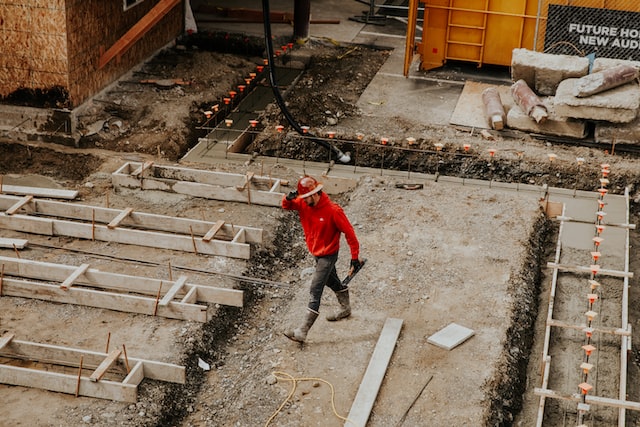Spring is almost always the hottest season for real estate. It’s very likely that it will be this spring, as well. However, things are going to be a bit different. The market feels somewhat volatile at the moment, with prices having plummeted rapidly immediately after a dramatic increase. Mortgage rates, having reached their peak, are now beginning to tick down over time, but it’s hard to gauge rates on a day-to-day basis. Sales can’t be predicted at all based on job growth, since the job growth is primarily reduced unemployment. This uncertainty is going to make buyers more cautious than usual this spring.
That’s not necessarily a bad thing if you are looking to buy, though. Prices may not be at their lowest point, but they don’t have much farther to fall given inflation. Mortgage rates are no longer inordinately high. And importantly, competition isn’t going to be as high as it is most spring seasons. That means you have time to shop around, look for the best deals, and watch how the market pans out. If you get out there looking now, you’ll have a better idea of where the market stands by the time you find something that’s right for you. But make sure you’re prepared to buy and have a pre-approval. If you wait too long, demand will start to go back up as mortgage rates continue to fall, and suddenly you have competition.
Photo by Sixteen Miles Out on Unsplash
More: https://www.cnn.com/2023/02/09/homes/preparing-to-buy-a-home-2023/index.html














